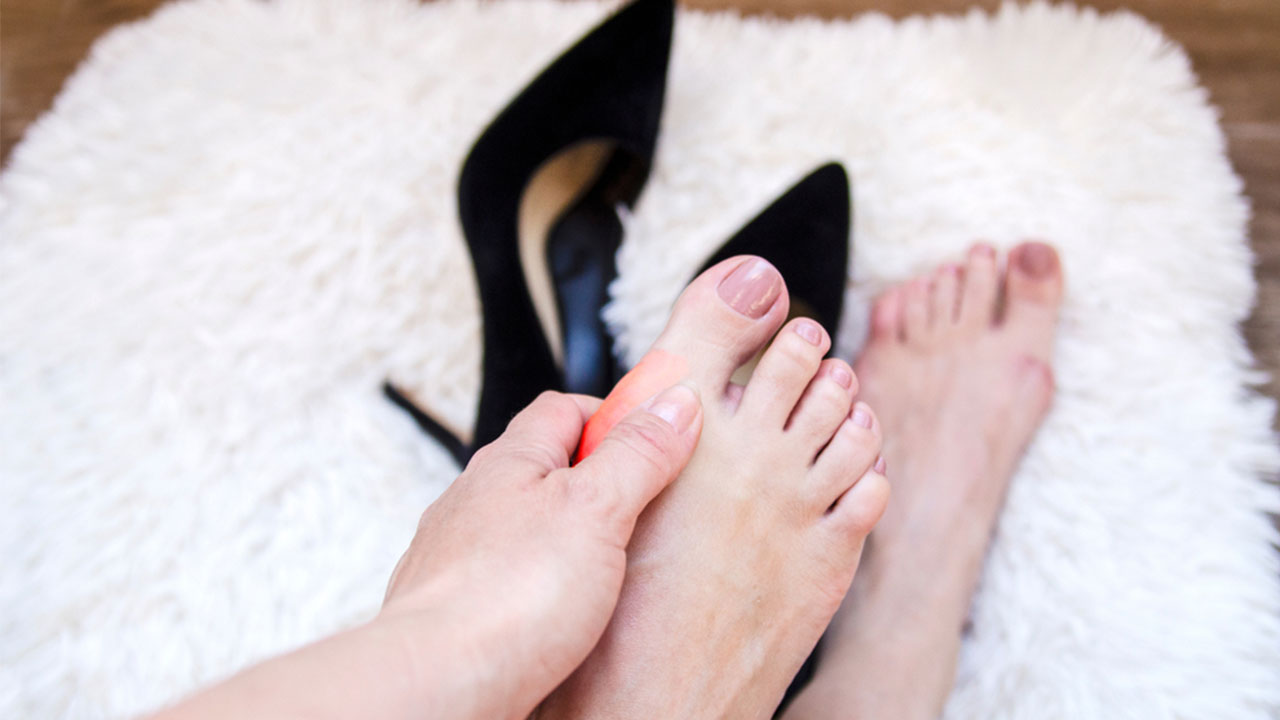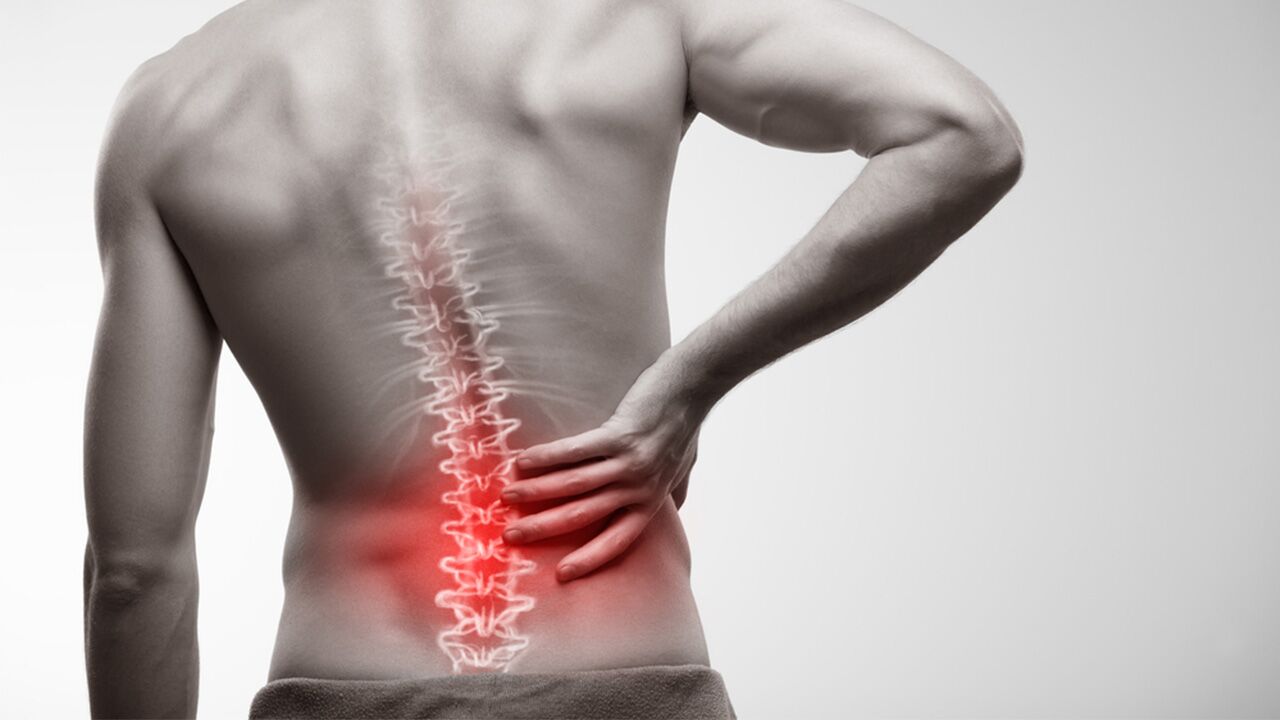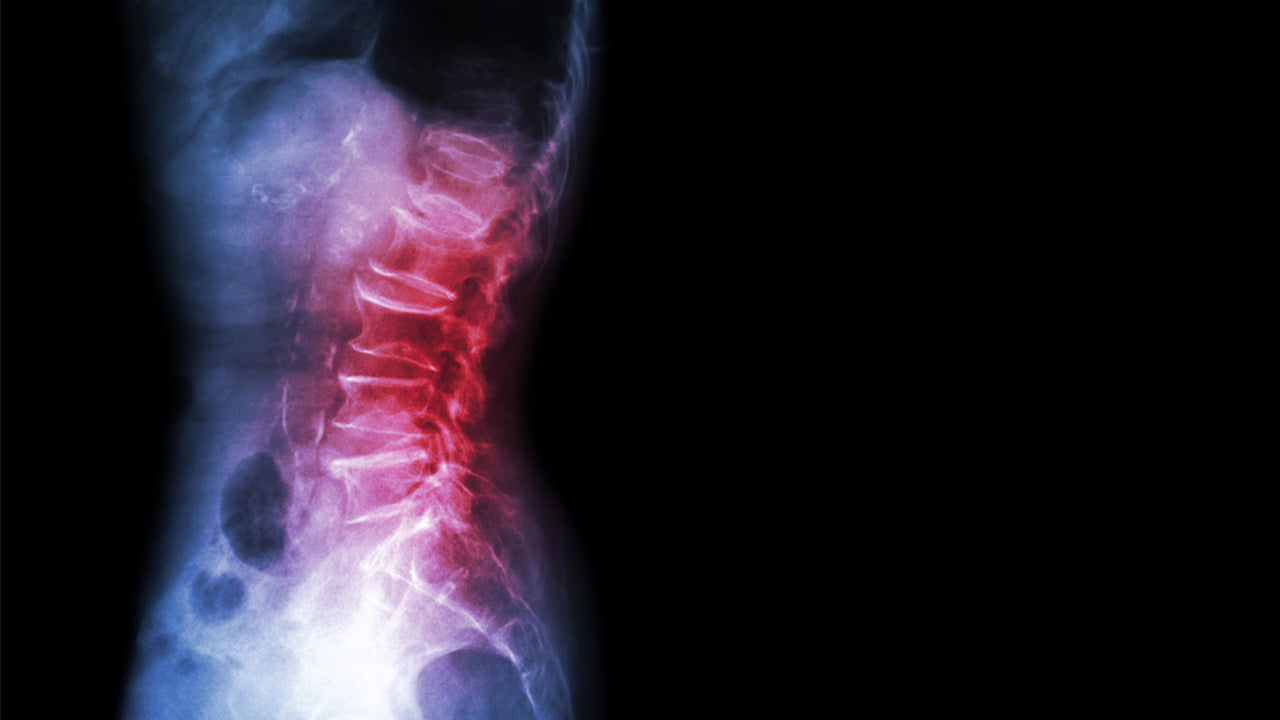Bunions Bringing You Down? Here Are Some Treatment and Prevention Tips
 By: by Amino Science
By: by Amino Science

Feet hurt? If so you’re not alone. According to a recent study, 77% of Americans over 18 have experienced foot pain at one time or another. And bunions (hallux valgus) are one of the most frequent culprits, especially in women.
Often caused by squeezing feet into narrow, pointed-toe shoes, bunions occur when the big toe is pushed against the second toe. The big toe joint, known as the metatarsophalangeal joint (MTP joint), lies at the base of the big toe, right where the metatarsal bone of the foot meets the phalanx of the toe.
When your feet are regularly jammed into shoes with a narrow toe box, the metatarsophalangeal joint grows bigger and eventually sticks out into that familiar bunion shape. When the MTP joint angles away from the foot, the fluid around the joint can become inflamed, leading to pain and stiffness.

What Causes Bunions
Poorly fitting footwear isn't the only cause of bunions. This foot deformity can result from inflammatory conditions like rheumatoid arthritis that put stress on your feet, as well as neuromuscular disorders like polio.
Genetics can also come into play. You may very well have inherited a structural defect. Risk factors for bunions include low arches, loose joints and tendons, and flat feet.
Bony bumps, bunions get worse over time, so it’s important to seek treatment early if you want to achieve bunion relief.
And don't ignore bunionettes! These smaller types of bunions, known as tailor's bunions, form near the base of the little toe. If not treated, they can turn into hard calluses and cause bursitis, a painful condition that occurs when the small fluid-filled sacs near your joints become irritated and swollen.
Diagnosing Bunions
If you're seeing any symptoms of bunions, such as pain, tenderness, or redness on the outside of the foot, or have hardened skin on the bottom of the foot, a corn on the bump, or are experiencing restricted movement in the big toe, then a doctor's visit is in order.
Expect the normal rigamarole: a rundown of your general health, medical history, and symptoms. Along with a foot exam, your physician will likely order an x-ray to get a detailed look at the bones of the foot and assess the severity of damage to the MTP joint.

Nonsurgical Treatment for Bunions
If you’re suffering from bunions on the feet, it’s important to stop wearing narrow shoes that may be causing them and instead wear shoes with a wide toe box and flexible soles to relieve pressure while offering appropriate support. Wearing high-quality athletic shoes and sandals in place of narrow high heels can also help with bunion prevention.
You can help ease the pain associated with bunions and prevent the condition from worsening by using moleskin or gel pads in your shoes. A doctor may also recommend you use shoe inserts during the day and foot splints at night and strive to keep weight under control.
Here are some of the most popular medications and bunion treatments:
- Nonsteroidal anti-inflammatory drugs (NSAIDs)
- Cortisone injections
- Ice packs, warm soaks, and massage
In some cases, home remedies are sufficient for alleviating bunion pain and swelling. However, more severe cases may require bunion surgery.
When to Consider Bunion Surgery
If your bunion is not responding to less invasive treatments, you might want to consider surgical intervention. Left untreated, bunions can lead to other serious foot problems, such as hammer toe, bursitis, and pain in the ball of the foot.
Foot surgeons recommend various surgical procedures depending on the severity of the bunion and the patient’s age, health, and activity level. Additionally, the condition of the bones and surrounding tissue may have an impact.
For mild bunions, surgeons typically remove the enlarged part of the bone and realign the tendons and muscles surrounding the joint. If bunions are moderate, your doctor may advise cutting the bone and moving it to the correct position. It’s likely that tendons and ligaments will need to be repositioned with this method. Finally, in severe bunion cases, doctors will likely remove the enlarged part of the bone, cut and realign it, and alter the position of the tendons. Anticipate a same-day procedure followed by a lengthy recovery.
To help accelerate wound recovery, supplement with Amino Co's Heal, a nutritional intervention clinically proven to help preserve muscle mass during periods of inactivity and to improve physical strength and function as measured at 6 weeks post surgery.
Bunion Prevention Tips and Tricks
Bunions have a serious impact on a patient’s quality of life, causing discomfort, foot pain, and difficulty when walking or standing. However, in many instances, patients can take steps to prevent bunions from developing. Some of the best ways to protect your foot health in the coming years include:
- Exercising regularly to keep feet strong and nimble.
- Wearing comfortable shoes with low heels and good support.
- Avoiding shoes that pinch or cramp the toes.
- Monitoring the shape of your feet so bunions are identified early when they’re easiest to treat.
Following these tips can help keep your feet healthy and pain free.

Up to 25% off Amino
Shop NowTAGS: conditions
Join the Community
Comments (0)
Most Craveable Recipes




 833-264-6620
833-264-6620



















